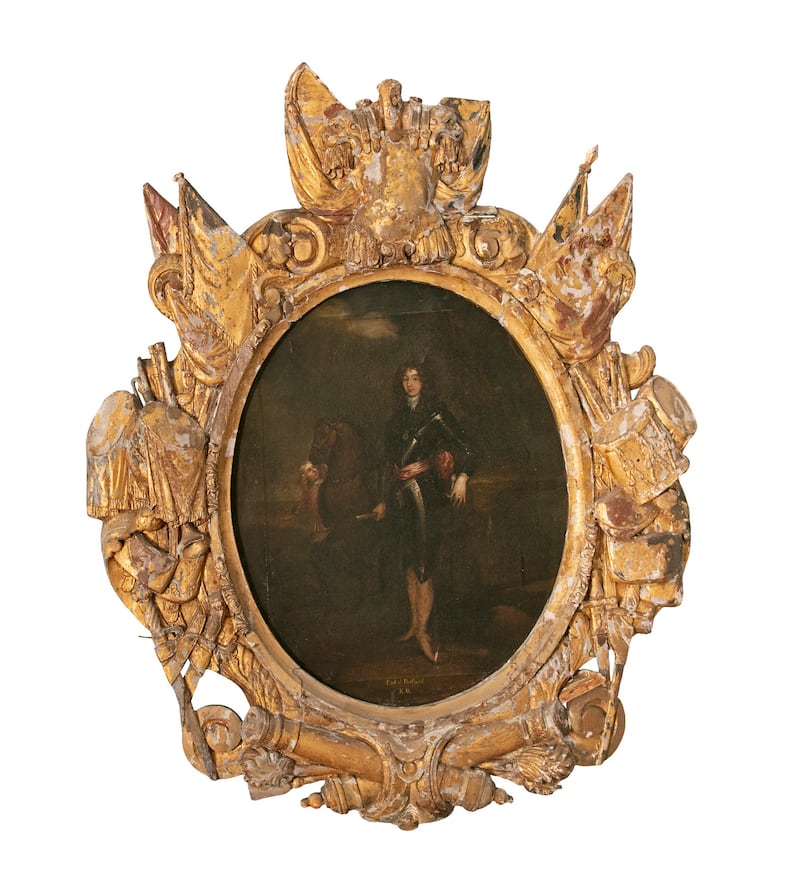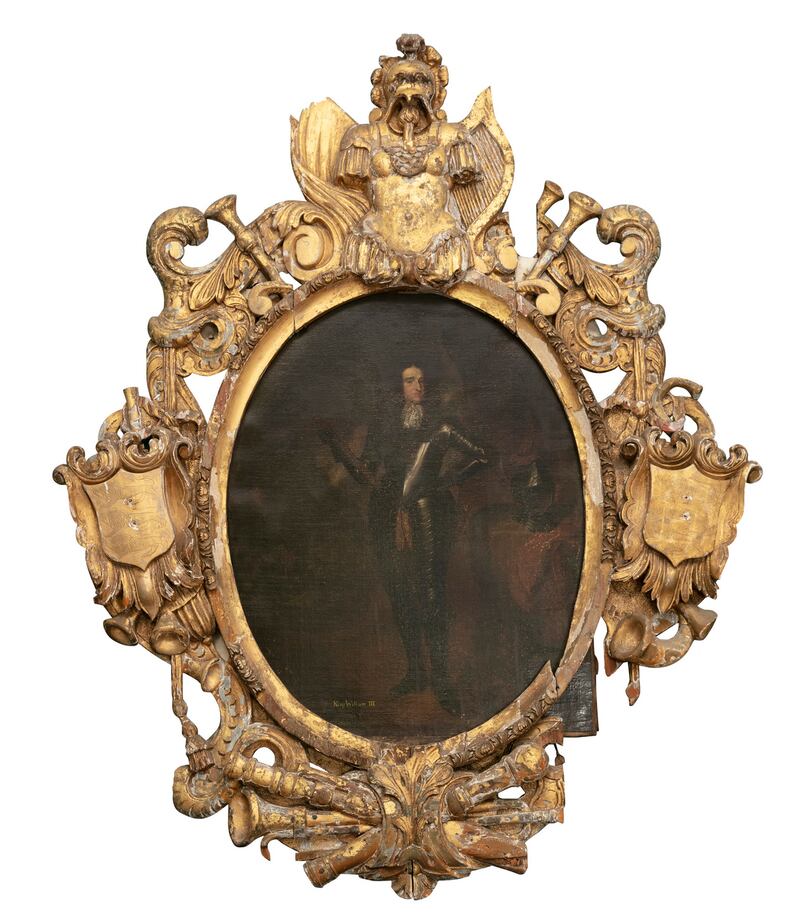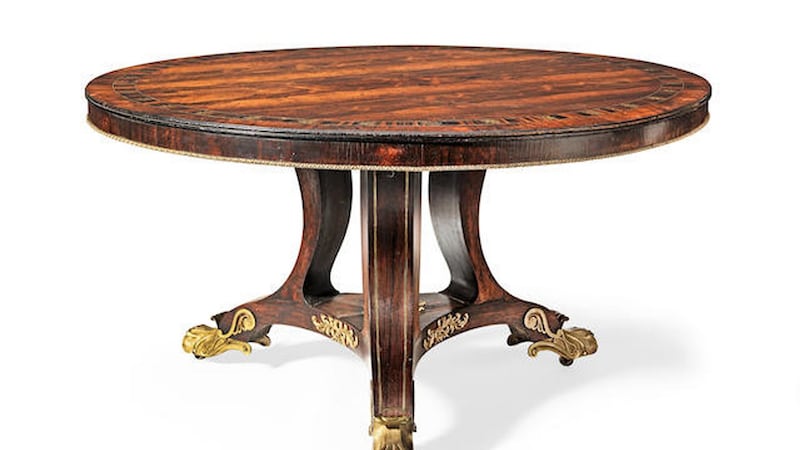Adam’s annual Townley Hall sale (October 12th-13th) features some important furniture from Irish stately homes to include Kildare House (now Leinster House), Prehen House, Malahide Castle, Bantry House and the Lyons Estate.
It is worth noting that due to prevailing Covid-19 restrictions, the format is changed this year. While the selection of period furniture, art, silver and artefacts is currently on view at Townley Hall in Drogheda, the sale itself will comprise two parts, online and live.
The online-only part opens for bidding on Monday, October 5th and closes on October 12th. The second part (lots 400-800) will be a live auction at the St Stephen’s Green, Dublin showrooms on October 13th, which will also provide an online platform.
Of interest are a pair of chairs, c1759, which were commissioned by Emily, Countess of Kildare from John Trotter of Soho in London for her home Kildare House, now Leinster House. Little was known about the furnishing of this property as there appears never to have been an inventory or catalogue. But in the process of establishing provenance, James O'Halloran of Adam's discovered pen drawings matching these chairs in the collection of drawings by James Trotter housed in the National Library.
The rediscovery and re-identification of these chairs was facilitated by the publication of a letter from Lady Caroline Fox to Lady Kildare dated February 21st, 1759. "I saw Mr Trotter to-day who says the chairs will be ready immediately but begs to know if you will have them gilt now."
O’Halloran describes the pair, which are thought to be part of a larger set, as “worthy of being in the State collection” and the work involved in establishing provenance only iterates the importance of inventories when it comes to old Irish houses (€10,000-€15,000).
Asian art
From Malahide Castle are a pair of large Chinese famille rose circular dishes and mazarines from the Qianlong dynasty (€3,000-€5,000), alongside a pair of Chinese bronze rain drums, which appear to have had an important role in funeral rituals in southeast Asia.
This pair, were purchased in 1910 by Irish poet and author Oliver St John Gogarty, where presumably they would have enjoyed quite the patter of rain at his home Renvyle House in Connemara. From Bantry House is a really superb Chinese blue and white “Squirrel and Grapes” baluster vase, also from the Qianlong period (€3,000-€4,000).


The catalogue lists a number of entries from the Peck family estate of Prehen House in Derry, which was restored by Carola and Julian Peck. Artworks include an important pair of portraits of William III and the Duke of Portland in battle attire (€40,000-€60,000) dating from the 17th century, alongside some spectacular mirrors, most notably an Irish George III carved giltwood long rectangular overmantle (€3,000-€5,000) and an 18th-century Venetian Murano polychrome glass mirror (€6,000-€10,000).
Silver
An important suite of Irish silver-gilt flatware bearing the crest of Barons Conclurry, Dublin c1825, with makers' mark of Thomas Farnett, also features, and was once the canteen of cutlery used at the Lyons Estate (€10,000-€15,000). In addition to this is a George III epergne (€30,000-€50,000) and a 19th-century silver hot water jug from the estate of Capt William McClintock-Bunbury of Lisnavagh in Co Carlow (€2,000-€4,000).
As always with antique sales there is a good yarn to be told. In the Townley Hall sale, it must be that of Matthew Flinders, a navigator with the British Royal Navy. Soon after marriage in 1801, and fuelled by the story of Robinson Crusoe, Flinders left British shores in what became a nine-year trip to the newly discovered land of Terra Australis or "the unknown southern land".
Flinders circumnavigated what is now Australia – which took two years – and while returning to England docked at the island of Mauritius for repairs. Unaware that the Peace of Amiens had been ruptured and that Britain was again at war, he was detained for seven years when the governor of Mauritius, General De Caen, accused him of being a spy. But it seems Flinders had an ability to turn disaster into opportunity, and here he spent his time living happily on the island where he described his journey around Australia, while also providing information on the French colonial way of life.

On his return to England, he published A Voyage to Terra Australis (€5,000-€8,000), and died a day after its publication in 1814, aged 40. Flinders's short but eventful life is immortalised in Flinders Bay, Flinders Ranges and Chase, and is credited with giving the continent of Australia its name. adams.ie











